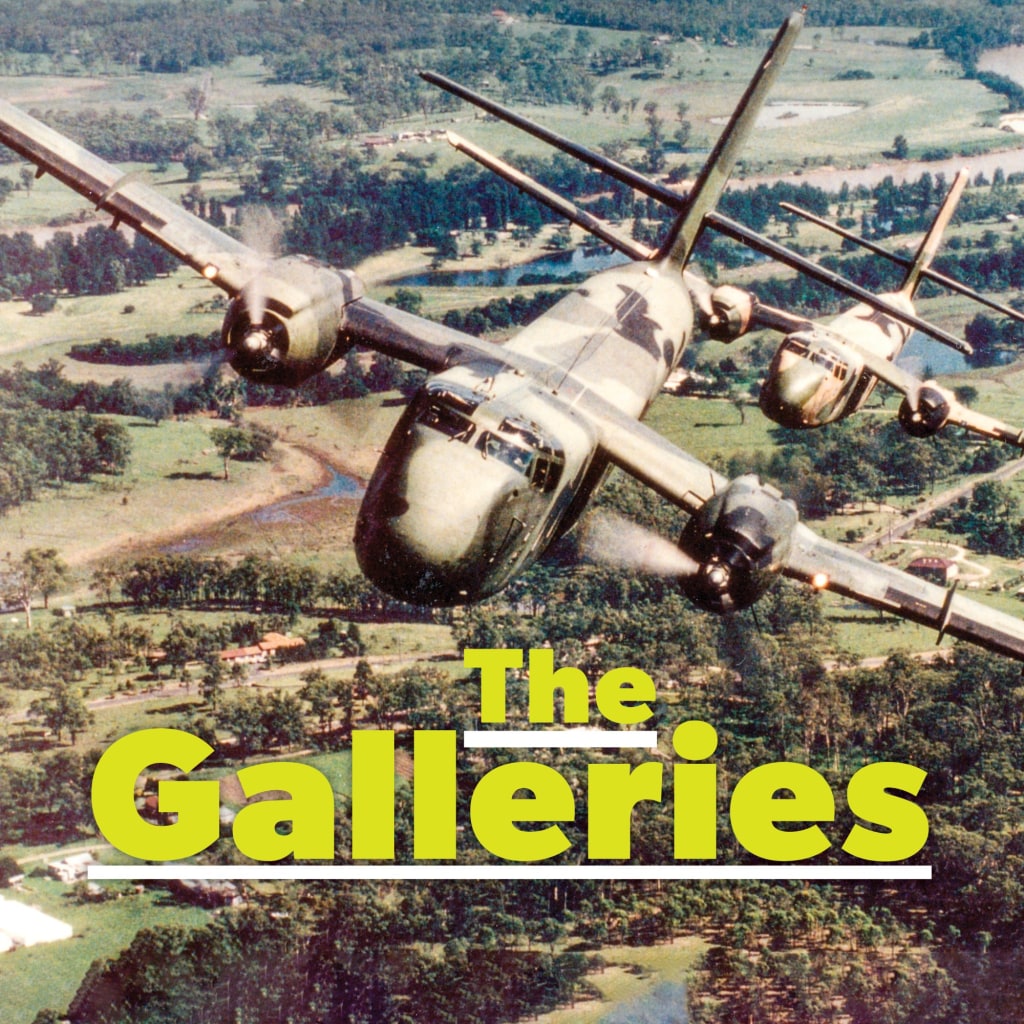
leadership, show that a better system for industry is not a loss for government, but a win for both
An inspiring future
If we were to try and imagine our industry in another 20 years, what would it look like?
Sustainable and reasonably priced fuel. Exciting new aircraft types that do the job really well. Engaged and positive regulators that have a cost reflex on behalf of industry. Clear and well-priced pathways to aviation careers. Vibrant regional aviation and aerial work companies that are inspired by the essential services they provide to communities of which they are a valued member. Improved safety outcomes through a canny mix of technology, systems and culture.
Or you could take the glass half-empty approach and struggle to identify even modest improvement for our great industry.
Regardless of which way you view the world, the potential for either outcome remains, depending on whether we have the leaders who can paint that vision and help the industry build its own way to a better future.
Leadership is a tough word to make popular in Australia with our cultural imprint of equality – the flip side being all too often the ‘tall poppy’ syndrome. Many struggle to either identify good leadership or to find its component parts – with actually performing it being left to others. Some go a long way just to deride people willing to ‘have a go’.
However, we can all lead in our own way. From the deceptively ‘simple’ commitment to personal safety standards as a pilot or engineer, to having your voice heard by your local politician, through to volunteering to serve on a community group or an aviation association board, the opportunities for leadership are as good now as they have ever been.
It is difficult to distil leadership down to any one skill. A leader needs to be engaged with the broader strategic issues of their community, sector and business and to some degree a visionary. They need to be focused on realistic and digestible change. A leader needs to be a good communicator and an even better listener. They need commitment and passion, as well as a cool, rational head. A leader needs to see what others can’t, but be in touch with those who might follow them – “I must find out where my people are going so that I can lead them. . . ”. Wisdom or focus group? Leadership can come from unexpected sources, rather than the traditional ‘great man’. The small business person who is willing to stand up and say why a regulator’s decision is hurting them. A pilot who will keep fighting a faceless bureaucrat who has unfairly removed their medical and shut off their career. A company owner who can see beyond the next dollar and can argue persuasively for a win/win outcome with their client.
Leadership is all around us if we know where to look – and sometimes where to ask.
AAAA has been running a successful business improvement program for a few years – AIMS – with a central feature of improved communication with and between staff. A key result that keeps
Leadership is all around us if we know where to look – and sometimes where to ask.
An inspiring future If we were to try and imagine our industry in another 20 years, what would it look like?being reported is just how much information is held by staff and how much they are willing to show leadership to improve the company when they are given the opportunity and a safe environment to do so. No small surprise that this is also a feature of a good safety management system.
The point is that if we actually want a better industry in the next 20 years then each of us needs to start looking at how we can make a contribution to that happening.
Participation in the battle of ideas is more likely to lead us to a great future than any size stick a regulator might decide to take up.
The current Aviation Safety Regulation Review received submissions crowded with positive suggestions for a better aviation future. Many, including AAAA’s, went back to first principles toestablish what were realistic expectations of a ‘good’ regulator, and there was no shortage of sound advice from agencies such as the Productivity Commission and the Public Service Commission. By holding our aviation agencies up to the light of these standards, the shortcomings in process, outcomes and performance were stark indeed.
The active participation shown by the many individuals who volunteered their experience and ideas to the review shows that leadership is alive and well in our industry.
The review panel has plenty of reasonable, well argued and independently supported guidance as to what might constitute good practice for our aviation agencies. It will be critical to take whatever is contained in their report in May and, through continued strong industry












